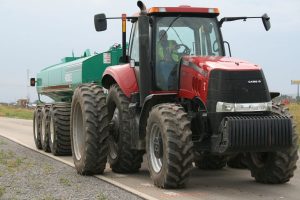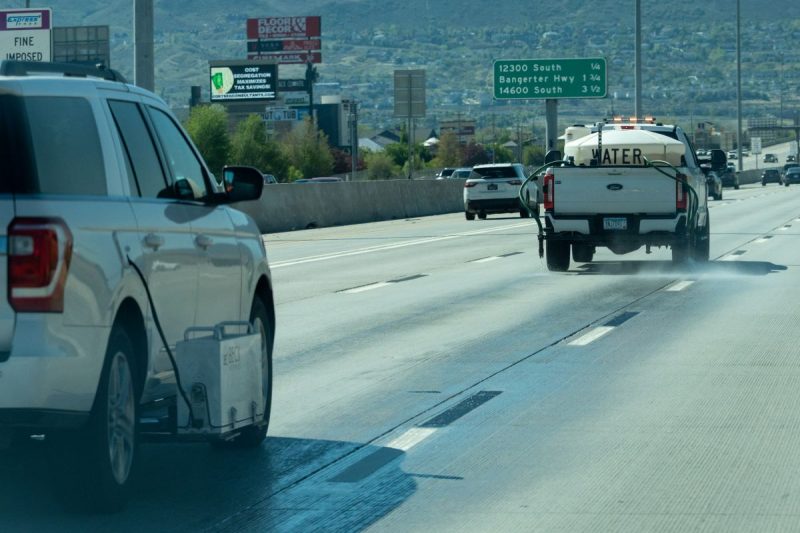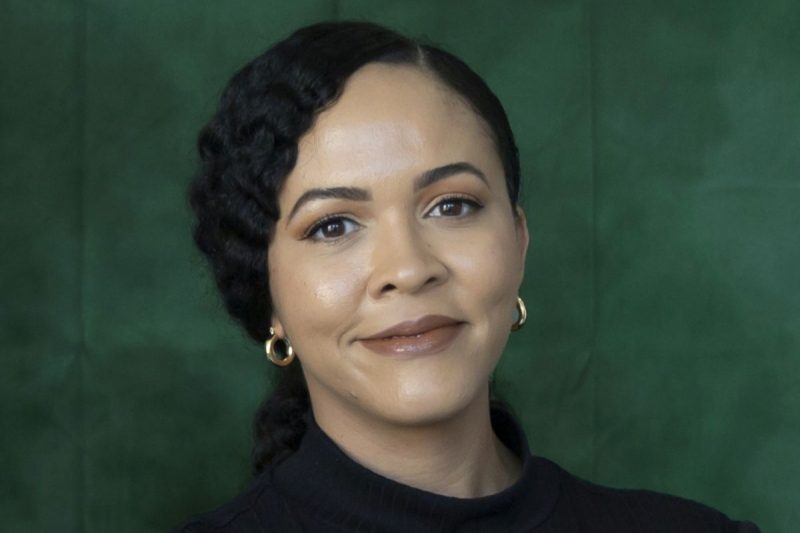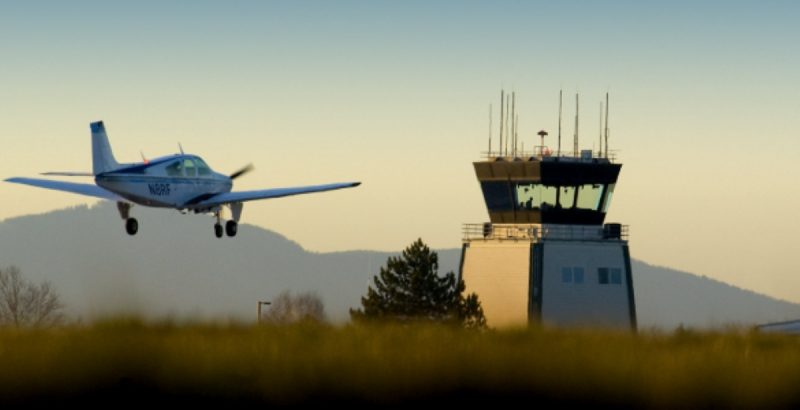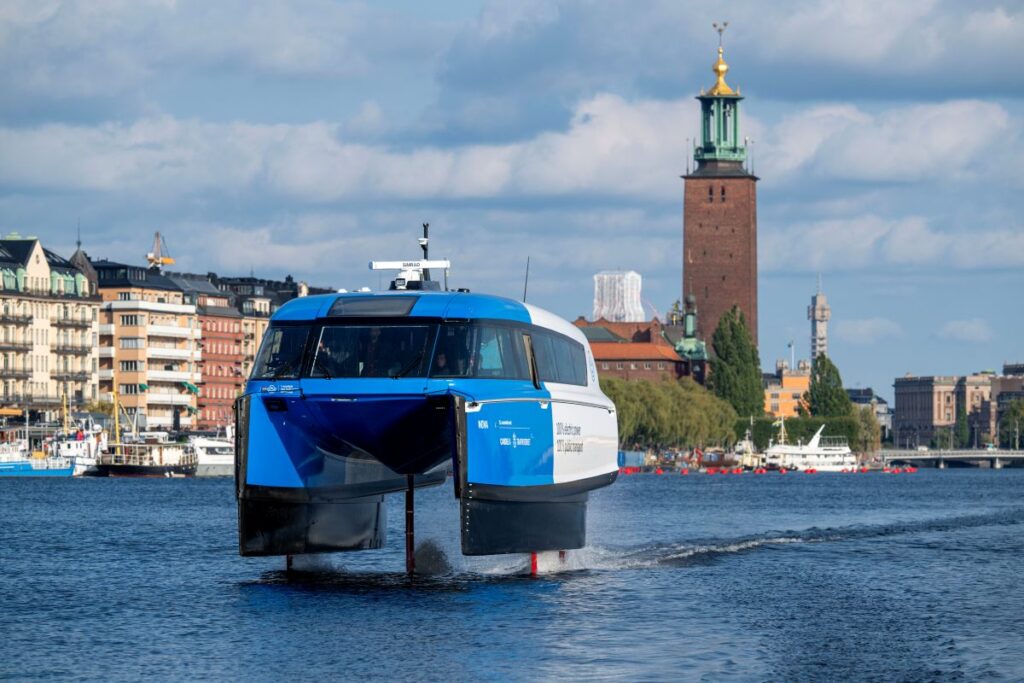 Courtesy of Candela
Courtesy of CandelaOn a sparkling morning in Fall of 2024, an unusual-looking passenger ship departed from Tappström, Sweden, and silently soared above the waves toward central Stockholm, completing the 15-kilometer (9.3-mile) trip in 30 minutes. The voyage—which sped suburban commuters to the capital in half the time it would have taken them to drive—marked the debut of Swedish shipbuilder Candela’s P-12 Nova and the world’s first all-electric hydrofoil ferry line. It also offered a glimpse of the potential for e-ferries to transform public transportation infrastructure by making commuting by water affordable, nonpolluting, and swifter than traveling by car.
“This is a paradigm shift for urban transport and a revival of our waterways,” declared Candela founder and CEO Gustav Hasselskog in launching the P-12 passenger service in 2024. Conventional ships haven’t evolved much in the past century, he observed at the time, and they remain among the least energy efficient modes of transport, “only rivaled by a battle tank.”
Now in their second year of service, the P-12 e-ferries have proven a popular, nimble, and quieter alternative to traditional, diesel-powered workhorses. Their submerged, computer-controlled hydrofoil wings lift the hull above the waves, reducing water resistance. This allows the vessels to cruise at 25 knots (30 miles per hour)—roughly double the speed of conventional ferries—while consuming 80 percent less energy, according to the company. Less resistance also enables the use of smaller batteries, freeing up space for up to 30 passengers, as well as bicycles and seating for wheelchair users. Because hydrofoil e-ferries produce very little wake, there is minimal disturbance to surrounding boats—eliminating the need to curb speed in harbors.
A range of 40 nautical miles makes the P-12 competitive with conventional ferries. Its two ultra-compact electric motors are mounted underwater and directly drive the propeller—eliminating gears entirely—and are capable of running for about two hours. The P-12 e-ferries also can berth at a variety of dock heights and, thus, need no special infrastructure. Stockholm’s e-ferries, for example, use two standard electric-vehicle superchargers to recharge after the morning and evening rush. “It’s not a boat designed to impress—it’s a boat designed to work,” underscores Hasselskog.
Stockholm’s P-12 passenger line is part of a worldwide move toward electrifying ferries as a way to trim energy costs and pollution. E-ferries already are plying the waters of Europe, Southeast Asia, and Australia. In the United States, tourists can reach Alcatraz—the notorious prison that is now part of Golden Gate National Recreation Area in California—on all-electric ferries.
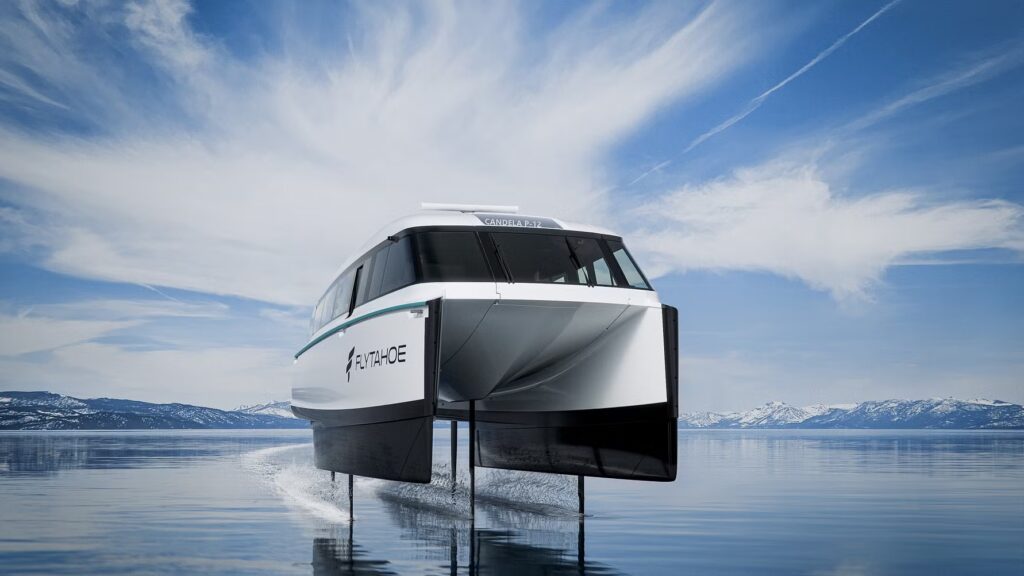 Courtesy of FlyTahoe
Courtesy of FlyTahoeIf all goes according to schedule, in 2026 P-12 e-ferries will begin whisking visitors plus their bikes or ski gear across the deep, pristine waters of Lake Tahoe on the California–Nevada border—cutting the typical one-hour drive in half while reducing congestion and pollution. “This is the dawn of an exciting era,” declares Ryan Meinzer, founder and CEO of FlyTahoe, the new e-ferry service operator. He envisions expanding electric hydrofoil ferry service to “cities with maxed-out infrastructure but are near the water,” such as Annapolis, Maryland; Miami, Florida; and Los Angeles, California.
For Meinzer, FlyTahoe represents a “back to the future moment.” When it launches next year, the all-season e-ferry will be the first passenger line to operate on the lake since the S.S. Tahoe was scuttled there in 1940, ending the steamship era. Now, however, the crossing will be quick, quiet, and smooth.
Learn more in World’s First Electric Hydrofoil Ferry Line Takes Off in Stockholm.

